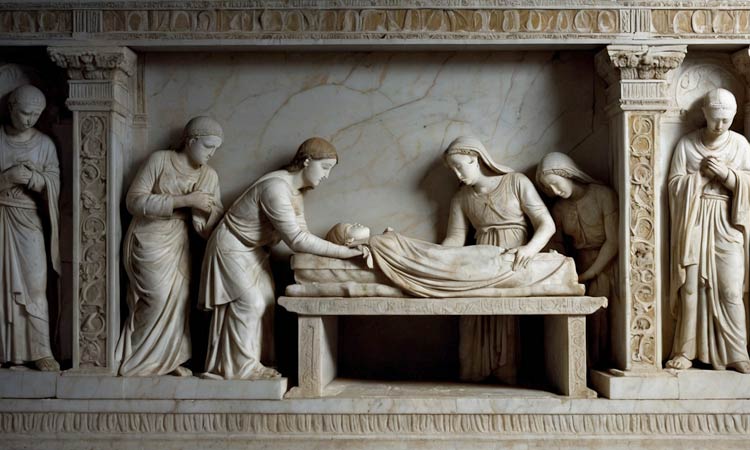Throughout the human history, funeral traditions are serving as a deep personal and communal way to give respect to the deceased, and celebrate a well life lived. These rituals are influenced by the religious, cultural and spiritual beliefs, offer an intriguing glimpse into the values and perspectives of various societies throughout time and geography. Funerals highlight the commonality of sorrow and the various ways humans have developed to express it. Whether through burial practices or elaborate modern ceremonies funerals reflect both the diversity of human culture and our shared need to say goodbye.
This article will take you on a journey through the evolution of funeral traditions, beginning with the simple yet meaningful practices observed in early civilization and advancing through a mosaic of ancient cultural traditions that have shaped present-day funeral observances. Have you ever wondered why funerals look so different across cultures? It’s because they weave together the deepest threads of human emotion – grief, love, and the search for meaning – with unique beliefs about what comes after life. By exploring these end-of-life customs, we gain a deeper understanding of what truly matters to people.
Early Human Funeral Traditions
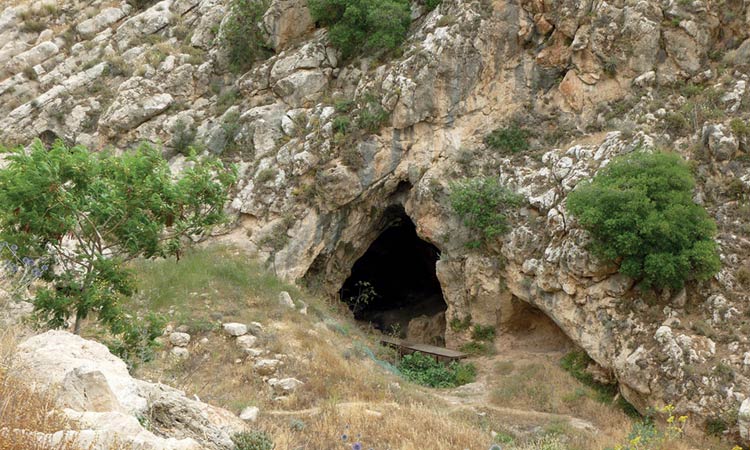
Prehistoric burials provide essential insights into the beliefs and practices of early human societies. In ancient times, burials that date back to the Middle Paleolithic Period involved placing bodies alongside stone tools and animal parts, suggesting a belief in life after death. The international burial site at Qafzeh in Israel dating back around 10,000 years, shows that the early humans buried their dead body in caves with various items which indicate their social status and beliefs about life after death.
Rituals and Beliefs Across Different Cultures
Funeral tradition and burial practices have long been crucial across different cultures. The treasures at the grand tombs were more than just resting places for the dead. They were Powerful Statements of wealth and power, showing the deceased’s high standing in life and the enduring importance of their ancestors. Common practices such as the use of red ochre to cover bodies showed blood and fertility, while prey animal bones and teeth were used for necklaces and body decorations shows animistic or naturalistic ideologies.
Influential Ancient Funeral Practices
Egyptian Mummification and Afterlife Beliefs
The ancient Egyptians strongly believe in an afterlife, and they also believed that for the new kind of existence it is necessary to preserve the human body through mummification. The process of mummification could take up to 70 days. It involved the removal of internal organs and drying the body with natron to prevent decay. The brain was considered unimportant and was discarded while the heart was preserved for the critical “weighing of the heart” ceremony.
The weight of the heart was judged by god Anubis. If the heart was lighter, it signifying a pure soul and the dead person was granted passage to the afterlife. If the heart was heavier, it indicates wrongdoing and a monstrous entity called Ammit would devour them, leading to oblivion.

Regardless of social status, every Egyptian received some form of embalming which shows that the mummification was not dedicated for elite. It reflects the democratic nature of Egyptian religious beliefs. The body was wrapped in linen embellished with jewelry and amulets were placed among the wrappings for protection on their journey into eternity. These practices were deeply rooted in the religious traditions of ancient Egypt, emphasizing the importance of preserving the body for the afterlife. The final rites included the “Opening of the Mouth” ceremony, ensuring the deceased could speak, eat and drink in the afterlife.
Greco-Roman Funeral Rites and Legacy
In Greco-Roman traditions, funerals are the public displays of one’s social status and legacy. The Greeks believed in guiding the departed soul to the underworld adorning the body and carried in a procession before dawn. This practice highlighted their belief in the great importance of a safe passage for the spirit to the afterlife.
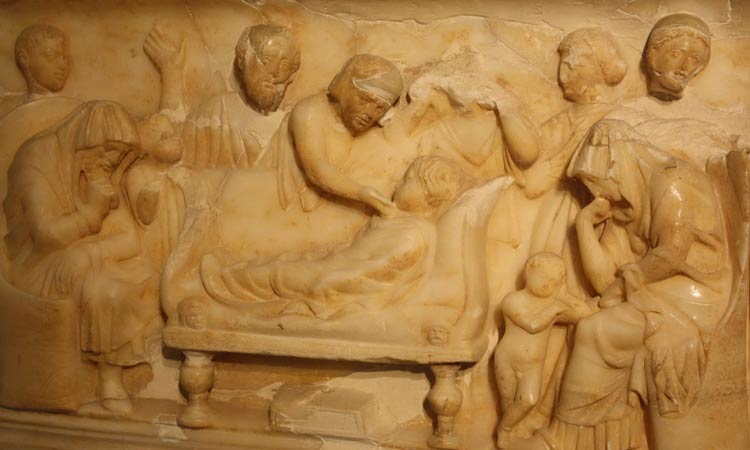
The Romans took inspiration from the Greeks for their funeral traditions, but they added some serious showmanship. Their funerals weren’t just for close family – everyone they knew got invited, from their inner circle to the people they did business with, even their servants. They even hired mourners.
Mesopotamian and Celtic Burial Customs
The death rituals of Mesopotamia were deeply connected to their ideas about the life after life. They believe that the careful burial rituals are necessary in order to make sure the dead did not come back to bother the living. These rituals included burying the body with various items and regularly bringing offerings to the grave. The Mesopotamians usually avoided cremation because they thought it would stop the soul from reaching the underworld.
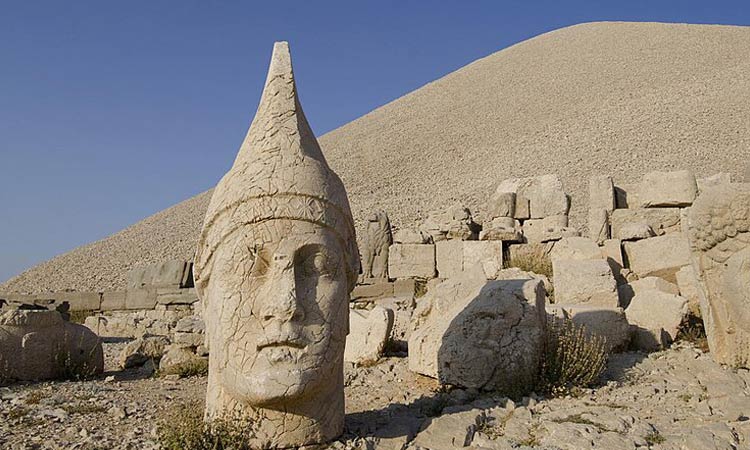
The Celts lived in different parts of modern-day Europe. They had diverse burial customs according to their local traditions. For instance, the Urnfield culture do cremation and placed the ashes in urns which represented a key phase in their funeral traditions. Later on, Celtic burial practices became more detailed, including feasts and memorials to honor the dead. These rituals are showing the community’s respect for the deceased and their collective effort to ensure a peaceful journey to the afterlife.
Diverse Cultural Funeral Traditions
Eastern and Southeast Asian Funeral Rituals
In many parts of Eastern and Southeast Asia, funeral traditions show the cultural and religious beliefs of the people. For example, Hindu funerals emphasize the cyclical nature of life, with cremation services and rituals like scattering ashes in sacred rivers. In Thailand, Buddhist principles heavily influence how their funerals are conducted. They emphasized the presence of suffering in life, especially at the time of death. Monks play a role in conducting funeral rituals by reciting sutras believed to benefit the departed and overseeing all memorial services. The ceremonies may include a bathing ritual and a mourning period of up to a week before cremation, for relatives to gather and perform merit-making activities for the deceased.
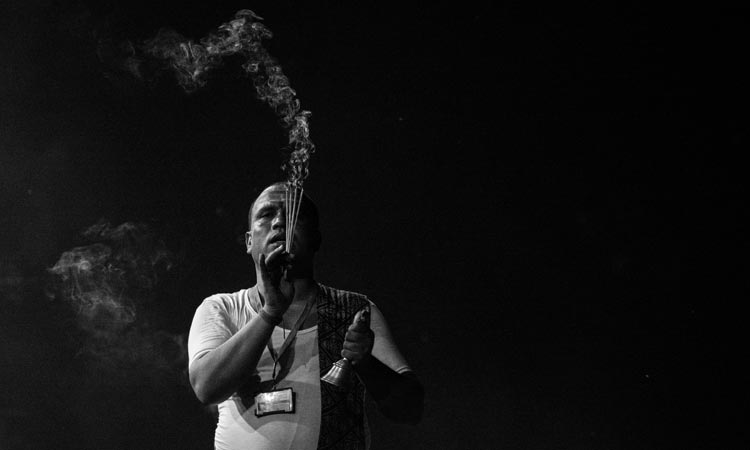
Japanese funeral ceremonies typically involve cremation ceremony and they follow Buddhist or Shinto customs based on their preferences. The ceremonies involve specific colors and incense, which are believed to help the dead person on their journey to the afterlife. Similarly, in Taiwan the Buddhist ritual of “Tou Qi” is performed seven days after death symbolizing the spirits farewell to loved ones.
Indigenous Practices in the Americas
Native American communities show a diverse array of funeral traditions that are deeply established in their cultural and spiritual life. Death is often seen as a natural part of life, with practices varying significantly between tribes. For example, the Navajo and Apache quickly bury the deceased to restrain the spirits from haunting the living, a traditional custom that reflects their deep respect for the natural order and the universe. On the contrary, the Sioux and Lakota tribes celebrate the transition of the deceased into the spirit world, viewing it as a journey to a place without pain and hardship.
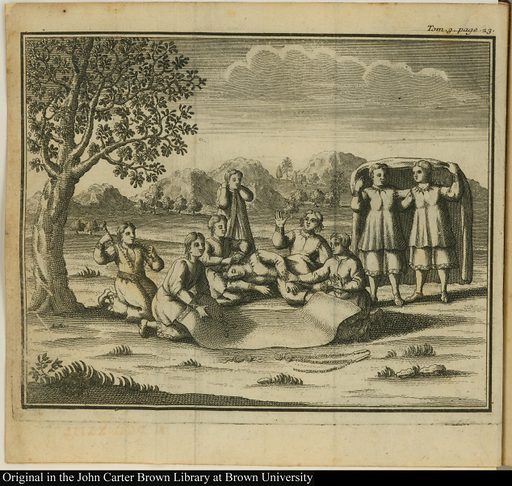
The burial practices of these tribes can also vary; some use tree or earth burials, which contact with nature, and reverberate an ecological consciousness long before the modern environmental movement. Sky burials, a practice seen in certain cultures, further highlight the deep relationship with the land and the cyclical view of life and death.
Modern Adaptations and Green Funerals
There has been a growing trend towards green funerals in recent years. It reflects the broader societal shift towards environmental sustainability. A specific example of this movement is the adoption of green funeral practices by the Black Church in the United States. The Church sees this as a way to reconcile modern life with traditional spiritual values. The use of biodegradable caskets and the rejection of embalming chemicals are practices that align with the biblical reminder, “Remember that you are dust, and to dust you shall return”.
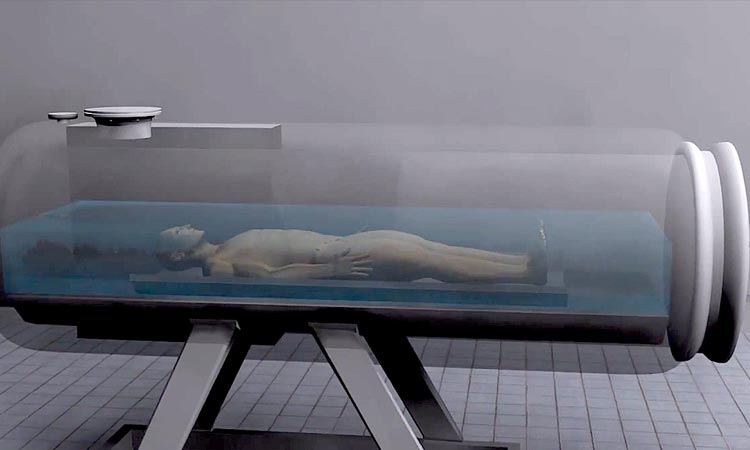
There are some innovations in green funerals like aquamation, which uses water instead of fire to decompose the body and mushroom burial suits that help in the natural decomposition process. These practices not only reduce the environmental impact of funerals but also make us think about death in a special way. It’s like saying goodbye lets something new begin, just like planting a tree or creating artificial reefs.
The diversity of these cultural practices and their modern adaptions is a testament to the rich tapestry of the different funeral traditions across the globe, all bound to the spiritual, cultural and now, ecological beliefs of communities.
Contemporary Funeral Practices
The Shift Towards Personalization
In the last few years, funerals have changed. Now they are more about the unique life and the personality who passed away. Nowadays, people want to make funeral services special. Funeral directors often help families incorporate personal elements such as hobbies or music into the services, while also ensuring proper funeral etiquette is observed. Some people use special coffins and pick unique spots for the service. Nowadays, people also make DIY memorials and they are gaining popularity. They add music, decorations and stories.
Environmental Considerations in Modern Burials
Traditional burial methods use toxic chemicals for embalming and use lots of resources like wood and metal for boxes. They have become a growing concern as they have significant ecological footprints. In response to this problem, green or natural burial has gained popularity. These methods focus on ensuring the body decomposes naturally and benefits the environment instead of using toxic chemicals. A new concept of human composting has emerged, transforming the body into nutrient-rich soil. This is a sustainable option that not only avoids the environmental harm but also contribute positively to ecological restoration.
Technological Innovations in Memorial Services
The advancement in technology is also transforming mourning and memorialization practices. Funeral directors now use software in funeral planning and managing operations. These softwares increase their efficiency and help them to provide a better experience. The increasing popularity of tools such as live streaming services, virtual reality and digital tribute platforms has made it easier for families and friends, who are unable to attend in person, to join in and offer condolences. Moreover social media now plays a role, for funeral homes, in connecting with communities and disseminating service details thereby enhancing the accessibility and personal touch of funeral arrangements.
By embracing these shifts towards personalization, environmental sustainability, and technological integration, contemporary funeral practices are evolving to reflect modern societal values and preferences, helping families find comfort during this difficult time as they say their final goodbyes.
Conclusion
Throughout history, funerals have reflected how human civilization has evolved over time. They also allow us to view and understand our deepest cultural and spiritual beliefs. From the simple burial customs of early humans to the eco-conscious rituals of today, funerals express our shared efforts to honor the departed, process grief, and express our hopes for an afterlife or spiritual continuity. Exploring the funeral traditions practiced throughout eras and regions highlights the universal desire to say goodbye to our loved ones in a manner that reflects both individual identity and collective values.

